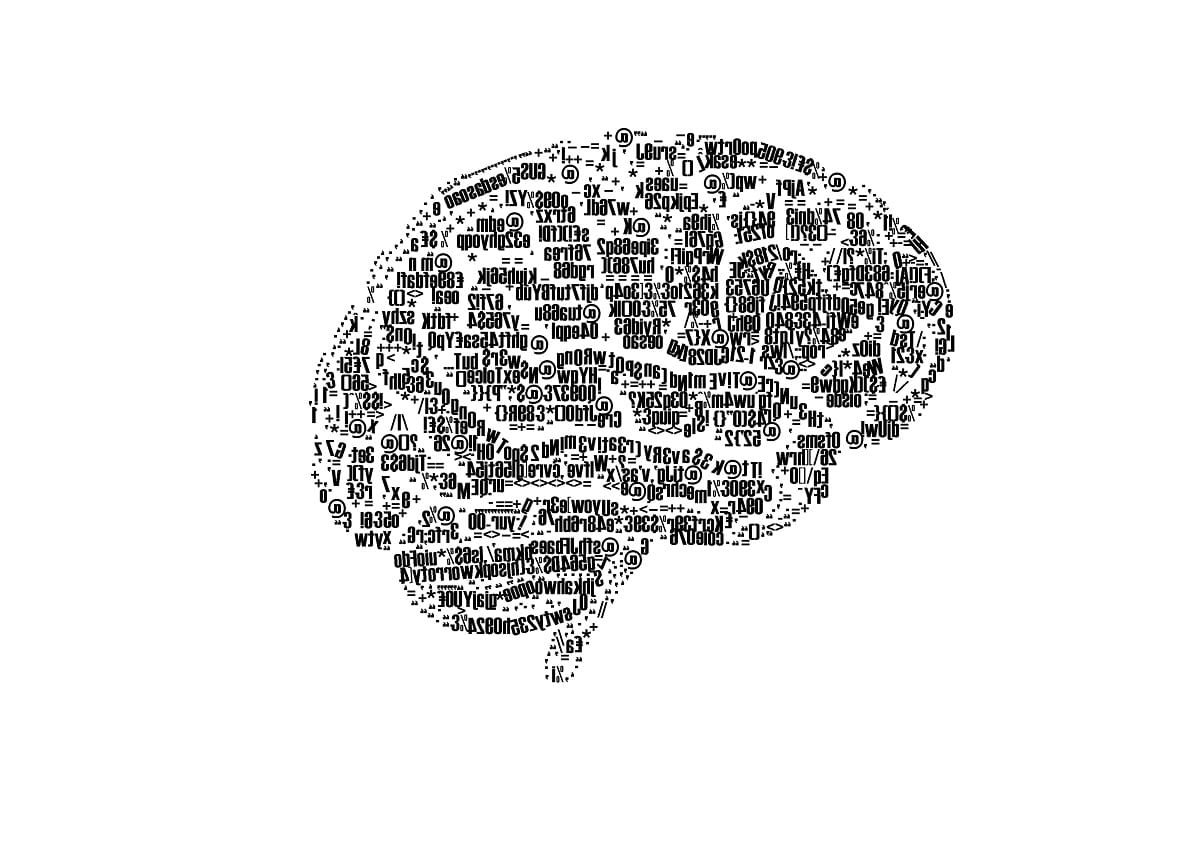
Serif Typeface vs. Sans Serif Typeface essay
It is known that in typology, there are two different types of typefaces which include serif typefaces and sans serif typefaces. The main difference between a serif typeface and a sans serif typeface is that the first one has the so-called serifs, or small semi-structural details found on the ends of the strokes which are used to make up letters or symbols, depending on the type of the language. Sans serif typefaces do not have serifs, and in most cases, they are used in media, for example in magazines. Many magazine editors are sure that sans serif typefaces are cleaner than serif typefaces; that is why they prefer to use them in their work. Today serif typefaces are mostly used in printing books, newspapers and other types of traditional printed material. According to the numerous studies which investigate the readability of serif and sans serif typefaces, serif typefaces are considered to be more readable in printed materials, such as books and newspapers, while the on-screen use of these typefaces indicate that serif typefaces are difficult to discern because of the screen glow. That is why on computer screens it is more preferable to use sans serif typefaces (Lawson 21). The classification of serif typefaces includes several types: old style (Adobe, Arno, Palatino and others), modern (Bodoni, Didot and others), transitional (Times New Roman, Bookman), and slab serif (Courier, Clarendon). The classification of sans serif typefaces includes four major groups: grotesque (Franklin Gothic, Grotesque and others), transitional (Arial, Standard and others), humanist (Calibri, Optima and others) and geometric (Spartan, Gotham and others).

